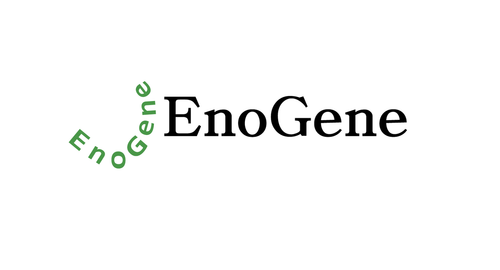Product Description
HAO1 Antibody | 29-759 | ProSci
Host: Rabbit
Reactivity: Human, Mouse, Rat, Dog, Zebrafish
Homology: N/A
Immunogen: Antibody produced in rabbits immunized with a synthetic peptide corresponding a region of human HAO1.
Research Area: Other
Tested Application: E, WB
Application: HAO1 antibody can be used for detection of HAO1 by ELISA at 1:1562500. HAO1 antibody can be used for detection of HAO1 by western blot at 1.0 μg/mL, and HRP conjugated secondary antibody should be diluted 1:50, 000 - 100, 000.
Specificiy: N/A
Positive Control 1: Cat. No. XBL-10409 - Fetal Liver Tissue Lysate
Positive Control 2: N/A
Positive Control 3: N/A
Positive Control 4: N/A
Positive Control 5: N/A
Positive Control 6: N/A
Molecular Weight: 41 kDa
Validation: N/A
Isoform: N/A
Purification: Antibody is purified by peptide affinity chromatography method.
Clonality: Polyclonal
Clone: N/A
Isotype: N/A
Conjugate: Unconjugated
Physical State: Liquid
Buffer: Purified antibody supplied in 1x PBS buffer with 0.09% (w/v) sodium azide and 2% sucrose.
Concentration: batch dependent
Storage Condition: For short periods of storage (days) store at 4˚C. For longer periods of storage, store HAO1 antibody at -20˚C. As with any antibody avoid repeat freeze-thaw cycles.
Alternate Name: HAO1, GOX, GOX1, HAOX1
User Note: Optimal dilutions for each application to be determined by the researcher.
BACKGROUND: Subcellular location of HAO1 is the peroxisome. Specifically, HAO1 is expressed primarily in liver and pancreas and is most active on glycolate, a two-carbon substrate. The protein is also active on 2-hydroxy fatty acids.This gene is one of three related genes that have 2-hydroxyacid oxidase activity yet differ in encoded protein amino acid sequence, tissue expression and substrate preference. Subcellular location of the encoded protein is the peroxisome. Specifically, this gene is expressed primarily in liver and pancreas and the encoded protein is most active on glycolate, a two-carbon substrate. The protein is also active on 2-hydroxy fatty acids. The transcript detected at high levels in pancreas may represent an alternatively spliced form or the use of a multiple near-consensus upstream polyadenylation site.
 Euro
Euro
 USD
USD
 British Pound
British Pound
 NULL
NULL










